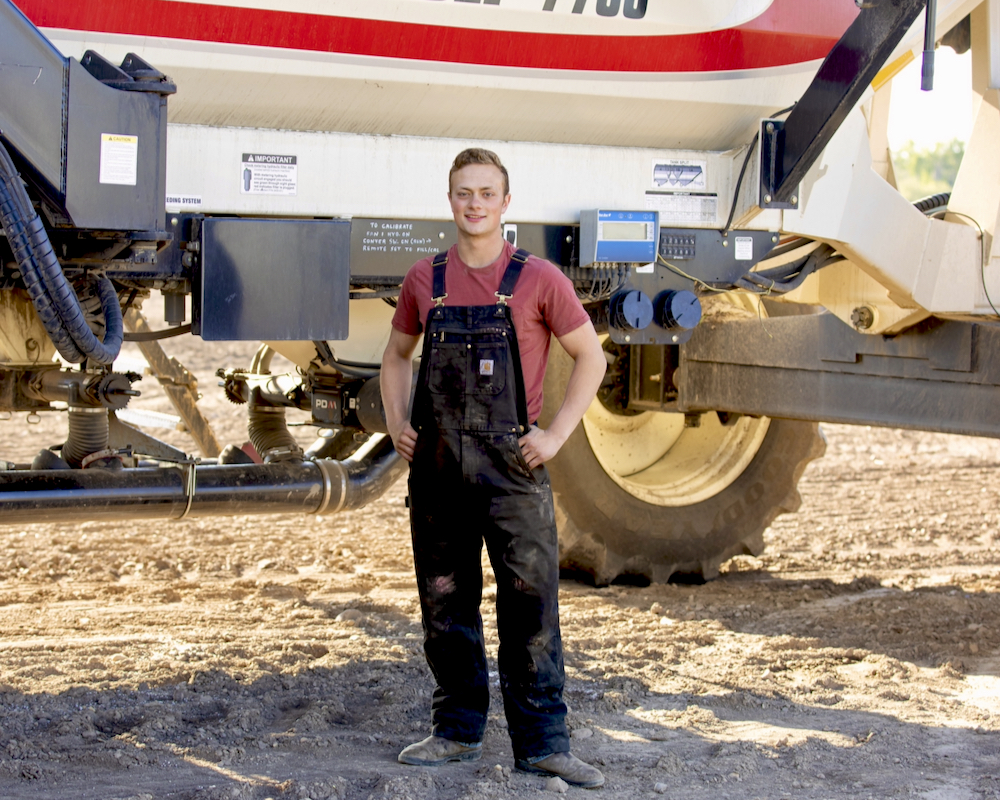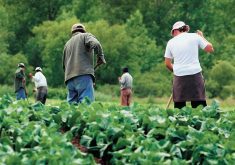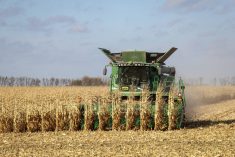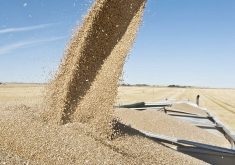The federal government continues to distribute millions of dollars to help reduce greenhouse gas emissions from farms, but the application process is time consuming, says a successful applicant.
Under the Agricultural Clean Technology program, 47 farms and ag businesses recently received a total of $15.2 million in grants for solar panels, energy-efficient grain dryers and precision agriculture equipment. So far, the program has awarded $33.6 million to 110 projects.
“You can’t walk into this thinking that it’s easy free money,” Fairview grain farmer Mackenzie Fingerhut said of the application process.
Read Also
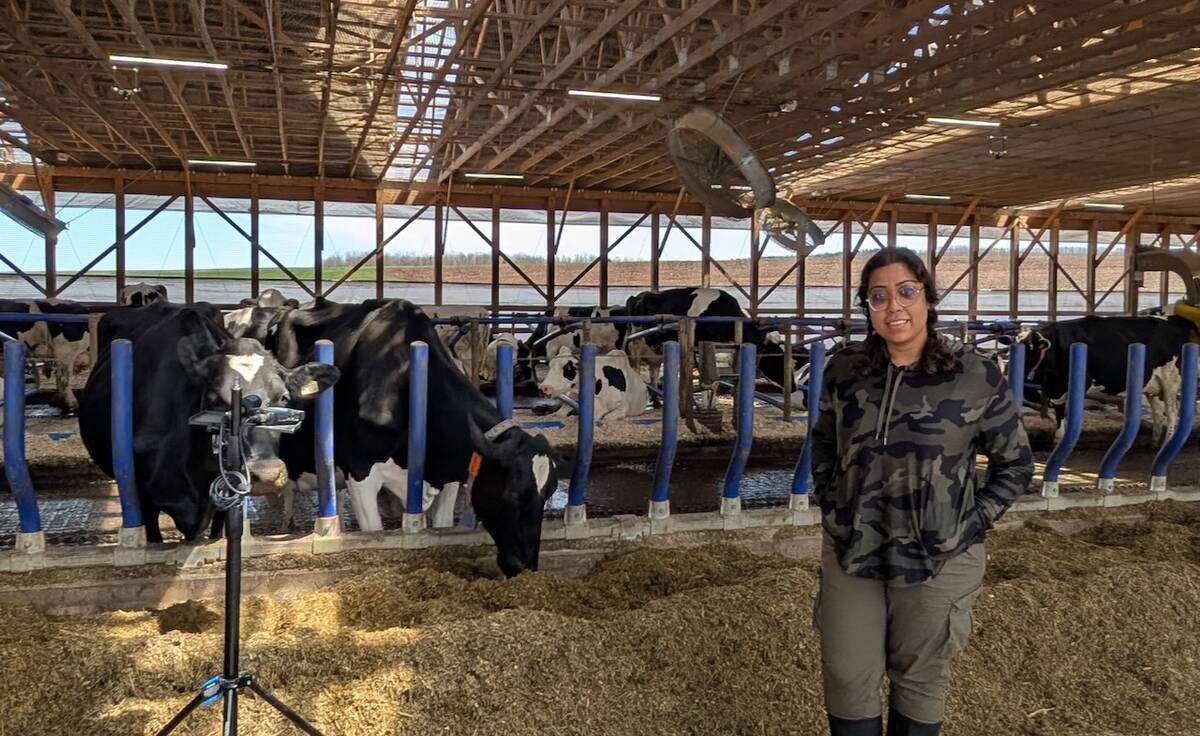
Moo translator and methane measures: There’s an app for that
Dalhousie University researchers use artificial intelligence to create new dairy farm apps that analyze cattle sounds and measure methane.
“You still need to put in a substantial number of hours. On ours alone, there were 52 documents and some of them were 10 pages, some were one, some were 20. I wouldn’t say it was difficult because our federal claims officer was amazing.”
The Fingerhut family decided to purchase a $200,000 air cart through the program. The federal government covered 50 per cent. The cart is larger, with more fertilizer storage. The machine bands nitrogen instead of surface broadcasting, allowing for single-pass application. In addition to smarter fertilizer application, the Fingerhuts’ diesel consumption dropped by somewhere in the range of 10,000 to 15,000 litres.
“It all started to compound and add up,” said Fingerhut, a 21-year-old Olds College agriculture management graduate. “So it really made sense for us to make the switch to this new air tank, which allowed us to run sectional control. So we are minimizing our overlap, and we are managing that as well as with variable rates, so we are only putting it where the nutrients are going to be used more effectively.
“Once you start adding up the greenhouse gas emissions savings just from our diesel consumption being decreased to one pass it is huge for our farm.”
The Fingerhuts first learned of the Agricultural Clean Technology (ACT) grants while creating their farm’s environmental plan. Through the process, an upgraded air cart was determined as the best way to improve the farm.
“The stars aligned, and we were able to find the right air cart for sale,” said Fingerhut. “It has made a really nice tool for our farm, and it was just a huge bonus that there was government funding available.”
Only time will tell if this program makes a meaningful contribution to lowering on-farm greenhouse gas emissions, said Herman Simons, project manager for smart agriculture applied research at Olds College.
There are many ways to reduce greenhouse gas emissions and producers should examine their operation to determine what changes — “if any” — would be appropriate, he said. But one area that has good upside is the variable-rate application of fertilizer and the different technologies that are available to influence the timed release of nitrogen from fertilizer.
“Like any program in the past, ACT is looking to influence investment behaviour towards technologies impacting greenhouse gas emissions,” said Simons. “I believe there is an opportunity for producers to improve their efficiency and at the same time positively impact the environment that we as producers so heavily depend on being healthy. Sounds like a small win win to me.”
The largest reduction in agricultural greenhouse gas emissions will come from the reduction of nitrous oxide fertilizer emissions, which are 300 times more potent than carbon dioxide, said Jeff Ivan, president and CEO of Soilgenic Technologies, which is developing efficient fertilizer technologies.
“Carbon dioxide greenhouse gas emissions are a drop in the well compared to nitrous oxide emissions,” he said when asked about the ACT program.
“ACT comments on improving soil health to sequester more carbon, but it needs to deal with the elephant in the room first — fertilizer loss to the environment. Fertilizer on average sees 46 per cent of the nitrogen lost to the environment to greenhouse gas emissions and nutrient loss to leaching and denitrification.”
Through its Canadian dealer network, AGI NECO sold several state-of-the-art grain dryers to ACT grant recipients. New mixed flow grain dryers can be 25 to 30 per cent more efficient than older screen dryers, said AGI technical sales representative Ron Kleuskens. That means lower emissions, less fuel and less carbon tax paid on natural gas or propane.
“So guys who are putting in mixed flow dryers are realizing better grants back from the government on greenhouse gas programs,” said Kleuskens, adding automatic dryer controls further enhance efficiency.
“This is where farmers can really realize some savings and fuel reductions,” he said. “For instance, if wheat is typically dried to about 13.5 per cent moisture and a farmer overdries it to 11 per cent, that two per cent in overdrying reduces the farmer’s profits because they get paid by the tonne and are using additional fuel. That’s where a moisture control system really shines because it keeps the discharge moisture close to 13.5 per cent.”
Efficient and precise grain dryers can also be a game changer when it comes to harvest, he added.
“If a farmer can get on the field a couple of weeks early and start combining before it’s actually dry in the field, and dry it in a grain dryer, they are always money ahead, even with the cost of drying,” said Kleuskens. “If it’s almost ready and then it starts raining or snowing for a month, they are in trouble. It sits there and deteriorates.”

